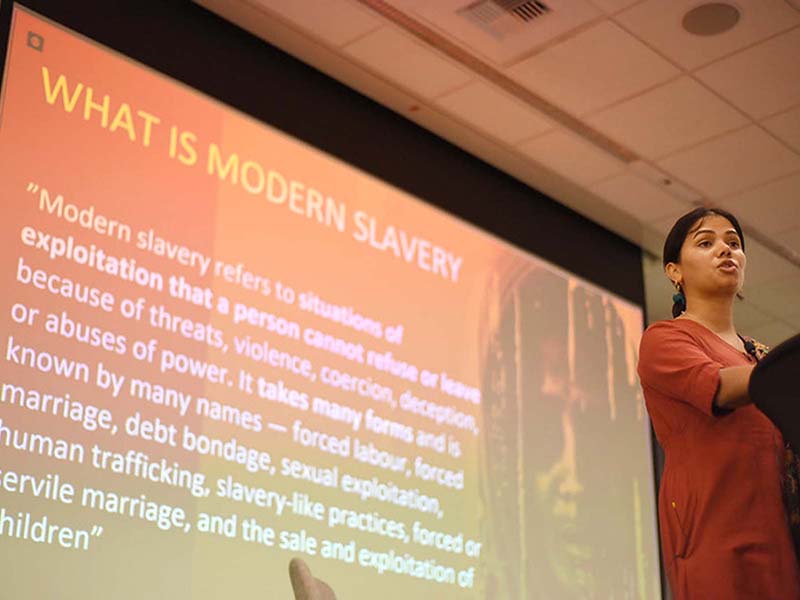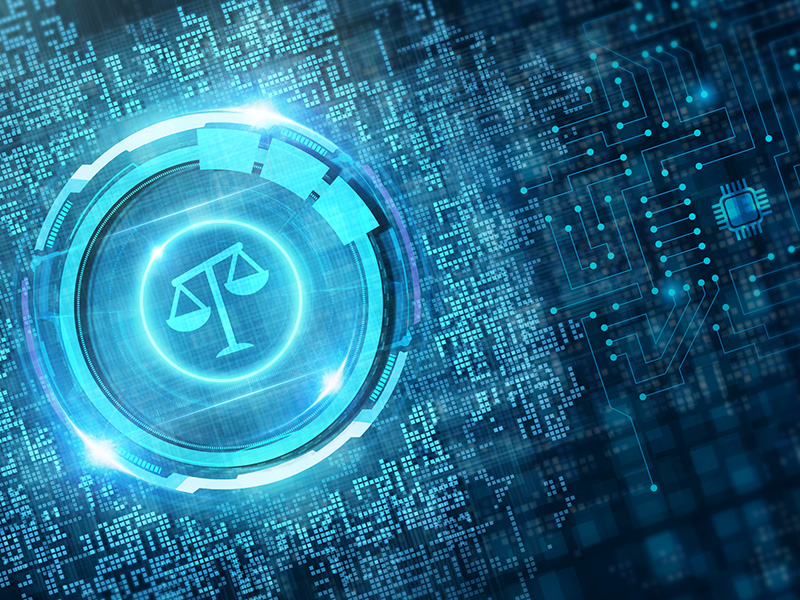
Authors
-
Aude Ucla
Former Associate Director, Consumer Sectors, BSR
-
Jaewon Kim
Former Associate Director, BSR
-
Roberta Pinamonti
Former Associate Director, BSR
-
Rosa Kusbiantoro
Former Director, Transformation, BSR
-
Chris Fletcher
Former Associate, BSR
This is the final post from a three-part series featuring our human rights experts’ reflections on the evolving business and human rights landscape in 2017, as well as their perspectives on emerging issues we anticipate in 2018.
Aude Ucla, Associate, Human Rights (Paris)
While it's widely acknowledged that the quality of a product is essential for business performance, thinking about the human rights impacts of a product is still pretty cutting edge. Surprisingly, though, I saw a lot of innovative thinking on product design and human rights throughout my work with companies in 2017.
The ICT sector has been the most scrutinized, as their products can be (mis)used by government customers to violate privacy, crackdown on dissidents, and curb freedom of expression. But this year I saw a number of other sectors consider the human rights impacts of their products. These companies not only took measures to prevent product misuse and abuse, but also worked to raise customers’ awareness about human rights more generally. I expect that we will see companies continue using their voices to protect and advance human rights this year.
Jaewon Kim, Manager, Human Rights (Hong Kong)
Risk management is central to multinational companies. Every one of our member companies has dozens, sometimes hundreds, of staff members projecting how the world will change and testing scenarios for how their business can adapt. One of the most encouraging trends I saw last year was a shift in this risk management approach from the traditional method—the risk that human rights concerns pose to the company—to a more holistic understanding of how companies operate in societies—the risk that the business itself poses to rights-holders.
This may sound like a technical distinction, but it is fundamental to private sector sustainability. A company that takes the traditional approach will prioritize only the human rights issues that directly damage its bottom line or reputation—attention-grabbing violations like child labor or human trafficking. A company that takes the holistic approach, however, will consider a much broader range of issues, and will focus on the areas where its potential impacts are the greatest.
Roberta Pinamonti, Manager, Human Rights (Paris)
In 2017, I noticed an important shift in how companies are integrating human rights into management systems: Companies used to focus on one rights issue or one part of their business. Now, they are taking a more comprehensive approach.
In the supply chain for instance, many companies used to focus their human rights efforts on the first tier, where impacts and violations are easiest to find. Now, I’m seeing companies shift their approach to focus on where the greatest impacts lie, throughout their supply chains. This increase in ambition level was apparent in a number of companies I worked with throughout the year.
Similarly, in the area of human rights impact assessments, I observed a distinct shift from focusing on a single operation or country to a full assessment across functions and responsibilities—everything from investment decisions to product marketing. This makes me hopeful that the next wave will focus on building inclusive governance on human rights issues throughout a company across functions and processes, incorporating human rights into day-to-day business.
Rosa Kusbiantoro, Manager, Human Rights (Hong Kong)
One of the encouraging signs I noticed last year was that companies are expanding human rights beyond their CSR departments. It might sound obvious to those of us who consider these issues every day, but it is a relatively new phenomenon to see companies formally recognizing that human rights are relevant to every single one of their departments and functions. I'm reminded of the companies that established "diversity departments" in the 1990s, only to disband them in the 2000s when they realized that inclusion was a company-wide goal, not the job of a few people in their own office. I hope we see a similar evolution in human rights.
Chris Fletcher, Associate, Human Rights (San Francisco)
The biggest challenge I saw companies face last year is related to the issue of remedy. Many companies tend to conflate a grievance mechanism with the delivery of a remedy, when in reality the former is just a tool that should be used to understand what’s needed for the latter.
The challenging paradox that companies need to confront is to become comfortable with the uncomfortable and to recognize that we live in an imperfect world in which human rights infractions by companies are sometimes inevitable. The goal by companies should therefore be to minimize their human rights violations (hence the importance of listening to stakeholders’ voices in finding problems, especially before they become crises), but also to provide access to effective remedy when violations do occur.
In the future, I’d love to see companies carry out three sets of actions: focus on new and creative ways to give workers, communities, and customers channels to raise grievances; deliver effective remedies when needed; and then start gathering data and publicly reporting on trends. Working to address violations when they arise and then tracking, measuring, and reporting on performance will allow companies to work toward continuous improvement. The end result will be shared learnings that can be used to address this crucial area of human rights impacts.
BSR’s latest sustainability insights and events straight to your inbox.
Topics
Let’s talk about how BSR can help you to transform your business and achieve your sustainability goals.







